A delightful dwarf loach from Burma has been enriching the aquarium hobby since 2006. It was called Yunnanilus sp. Rosy before its scientific description in November 2023. The scientific analysis showed that the characteristics of the species (especially the lip structure, but also DNA examinations) do not allow it to be assigned to Yunnanilus and that it should instead be assigned to the genus Physoschistura, which contains eight other species in addition to P. mango. There are also many similarities to Petruichthys.
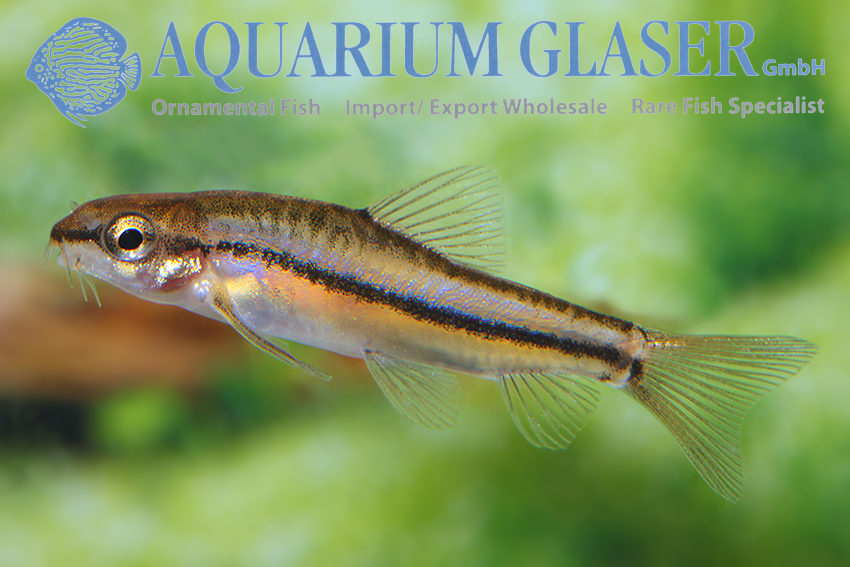
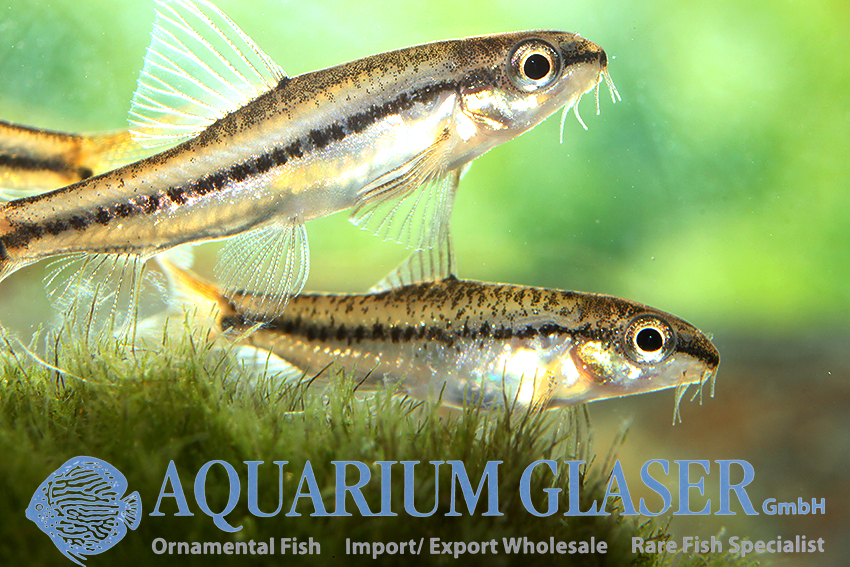
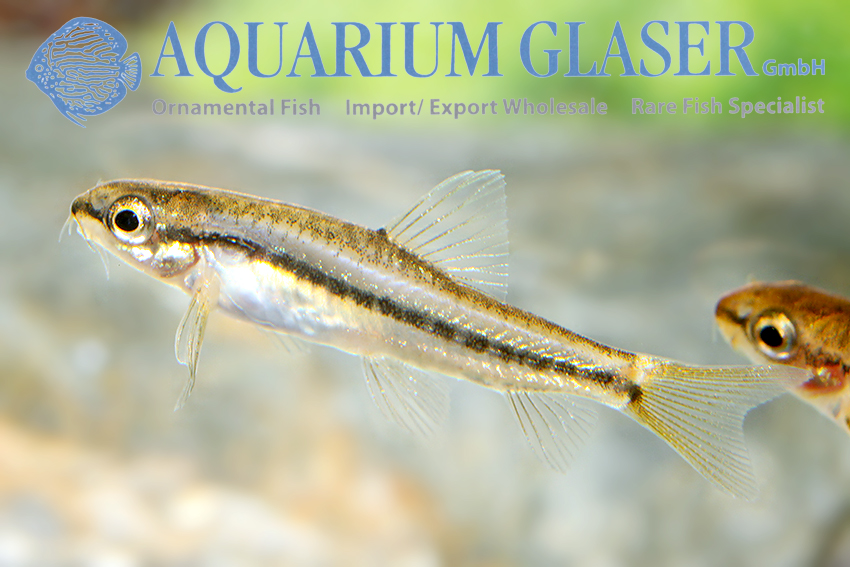
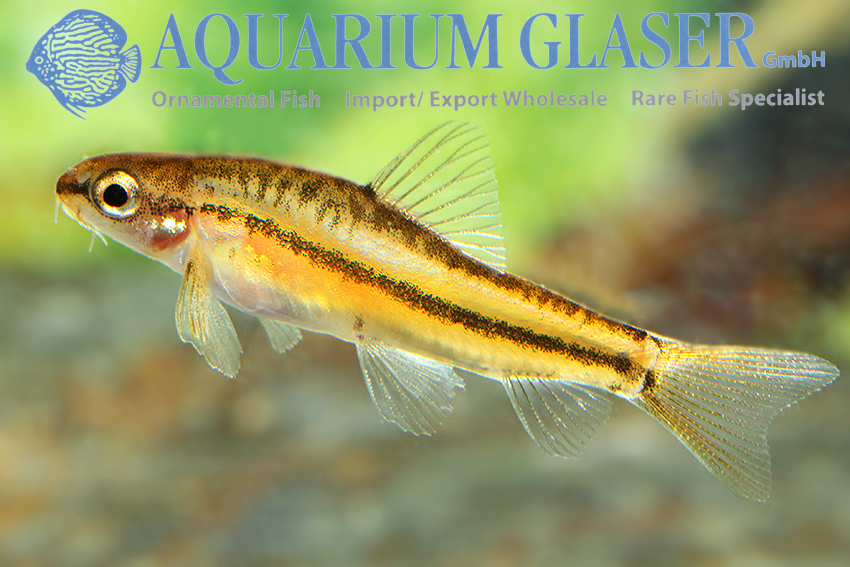
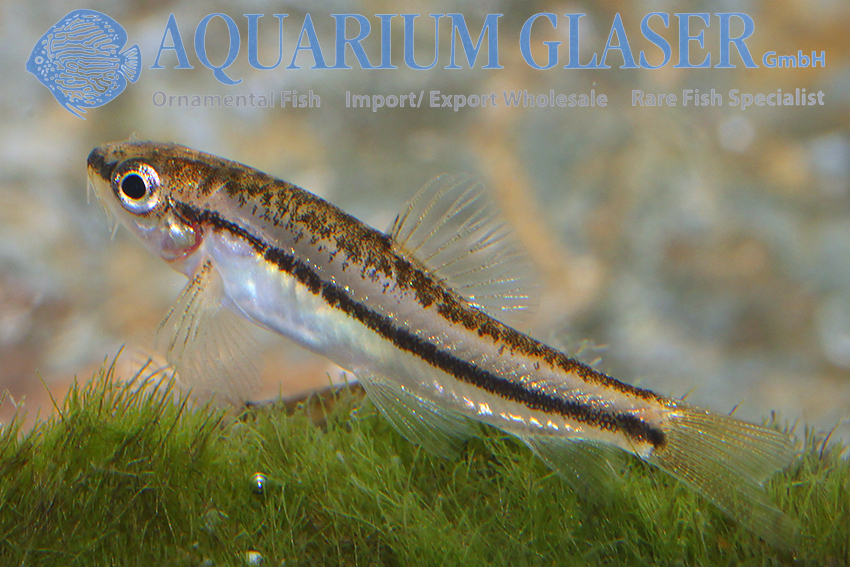
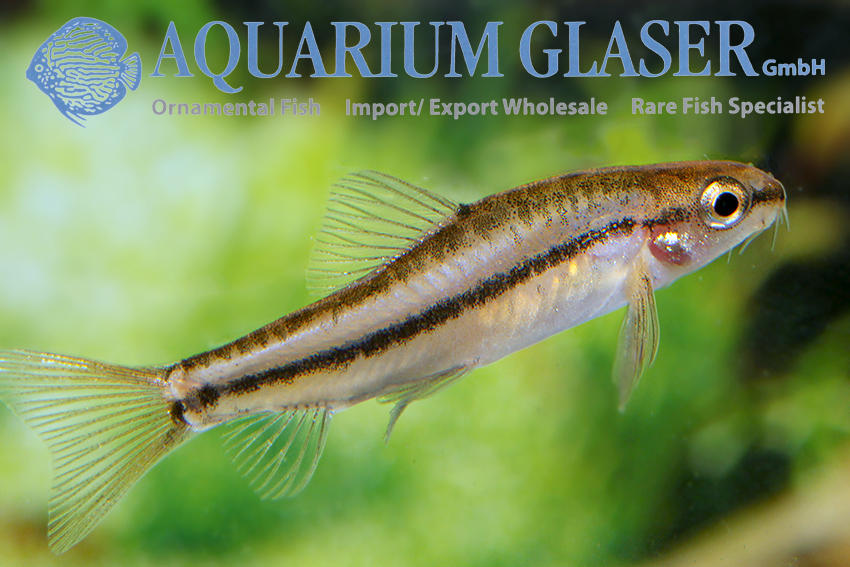
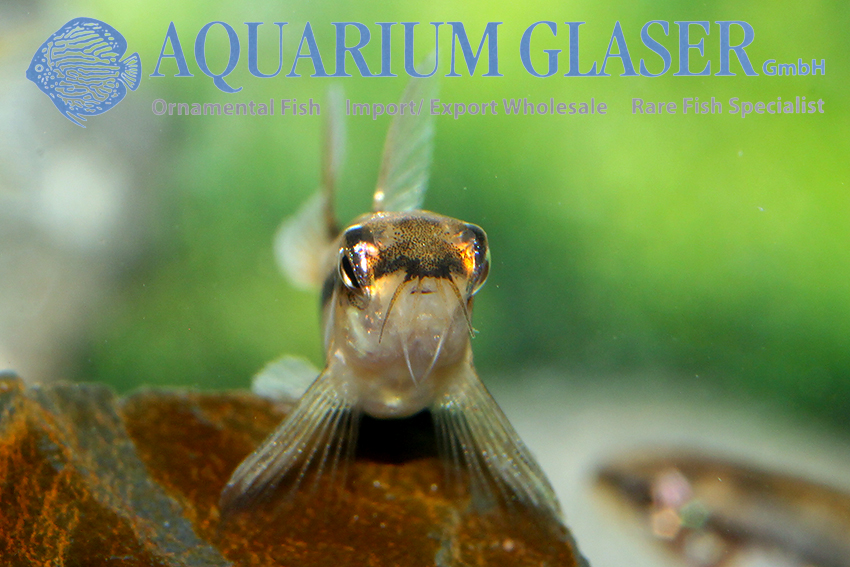
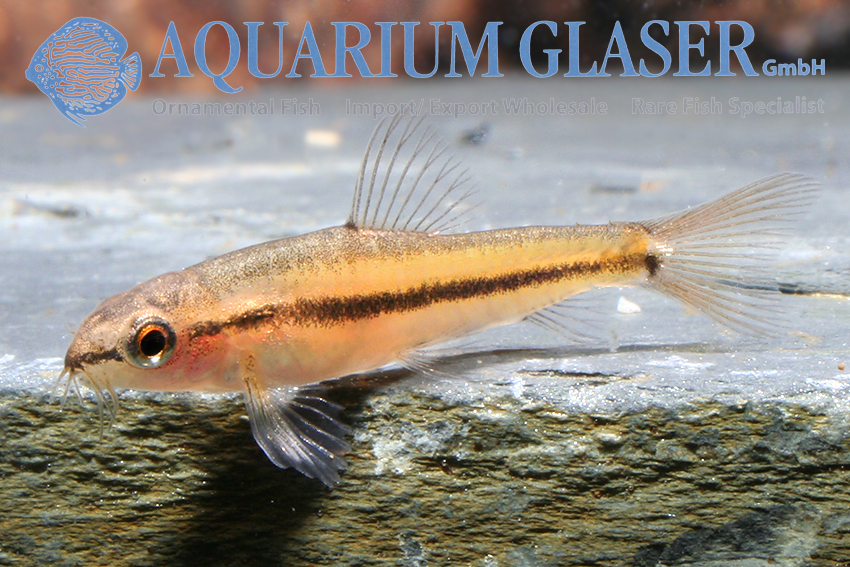
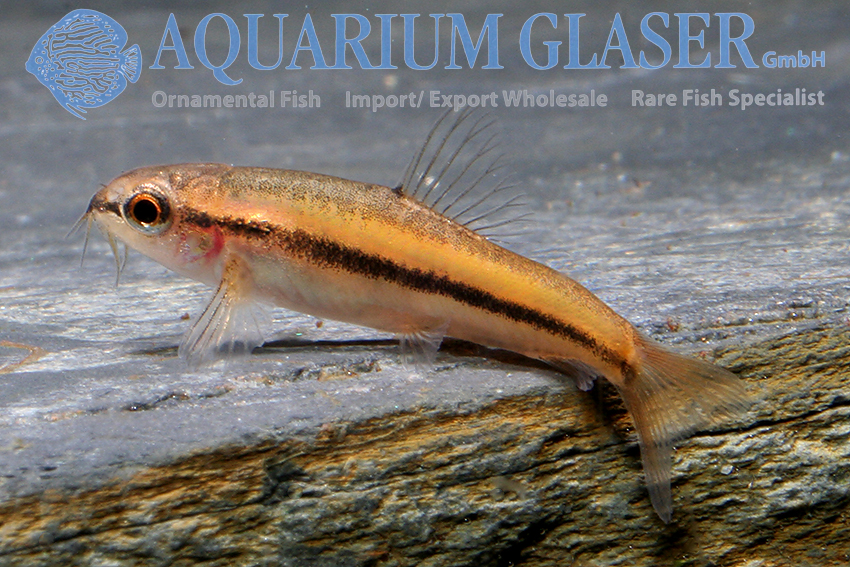
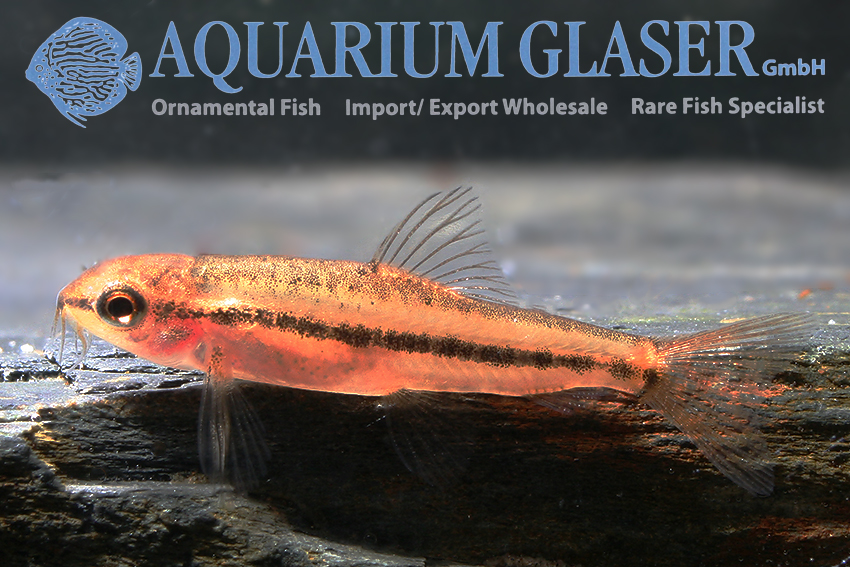
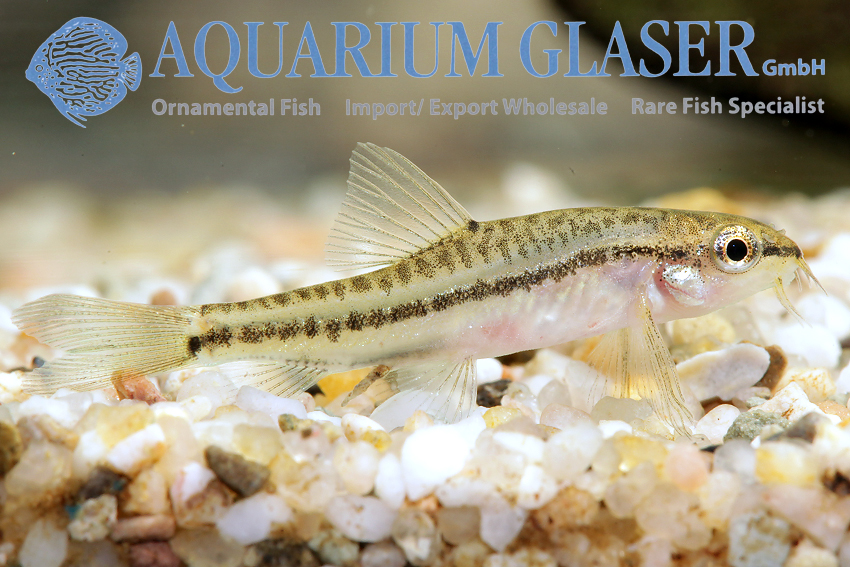
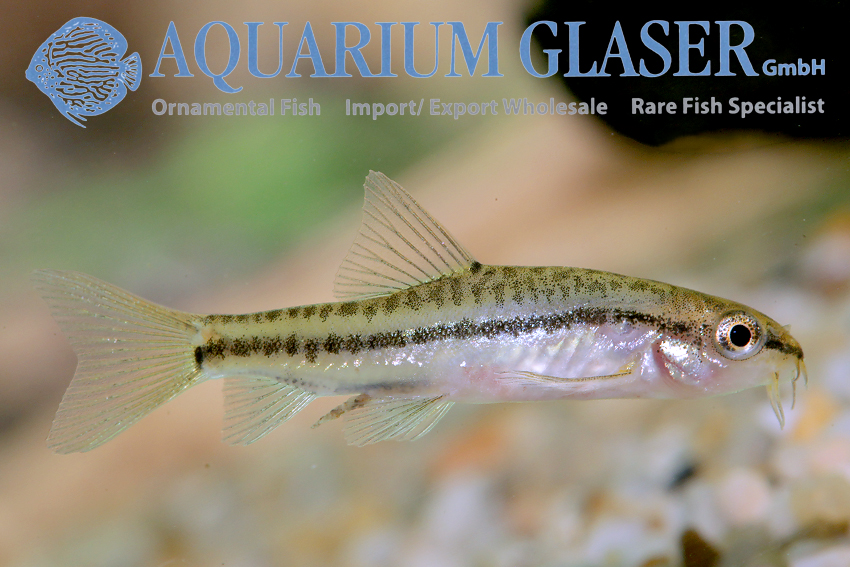
In the wild, P. mango has only been found with a maximum length of 23.4 mm (standard length without caudal fin). The males of this species indicate the onset of sexual maturity with a pretty orange base coloration. From a scientific point of view, the fish fulfill the requirement for a dwarf species, namely the onset of sexual maturity below 26 mm standard length (Weitzman & Vari, 1988). However, it has been shown that with many years of care – the animals grow to an astonishing age – they can reach almost twice this length (albeit with a caudal fin) in the aquarium. However, this obviously does not occur in nature.
In aquaria with lots of Java moss, young often appear without any special help from the keeper. Physoschistura mango lives together with Celestichthys margaritatus in the wild; like Celestichthys margaritatus, it therefore tolerates low temperatures of around 18°C at times, but the loach breeds reliably at 26-27°C. Males and females can be easily distinguished by their coloration, only the males turn orange.
Literature:
Weitzman, S. H. & R. P. Vari (1988): Miniaturization in South American freshwater fishes; an overview and discussion. Proceedings of the Biological Society of Washington, 101(2): 444-465.
For our customers: the animals have code 478502 on our stocklist. Please note that we only supply the wholesale trade.
Text & photos: Frank Schäfer




